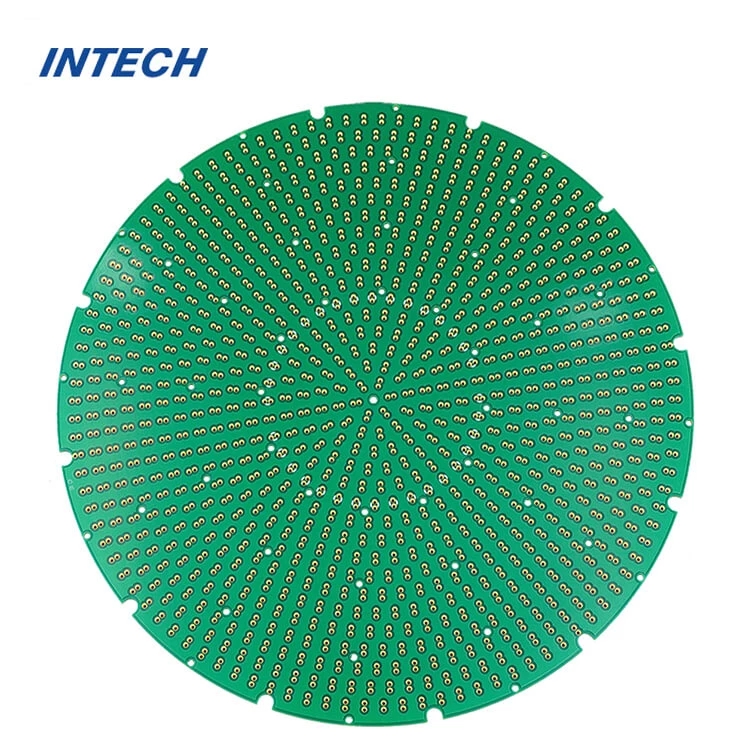Key considerations when designing PCB flex rigid layouts
Date:2024-04-17 03:44:33
Designing PCB flex rigid layouts requires careful consideration of various factors to ensure optimal performance, reliability, and manufacturability. Flex rigid PCBs offer unique advantages, such as space savings, improved signal integrity, and enhanced durability, making them increasingly popular in modern electronic devices.
1. Functional Requirements
Before diving into the design process, it's essential to clearly define the functional requirements of the rigid flex pcb layout. This includes determining the electrical connections, signal integrity requirements, power distribution, and any specific functionalities the PCB must perform.
2. Mechanical Constraints
Flex rigid PCBs are designed to bend and conform to the shape of the device they're installed in. Designers must consider the mechanical constraints of the application, including bend radius, thickness, and flexibility requirements. Understanding these constraints is crucial for ensuring that the PCB can fit seamlessly within the device without compromising its structural integrity.
3. Layer Stackup
The layer stackup of a rigid flex pcb plays a significant role in its performance and manufacturability. Designers must carefully consider the number of layers, copper thickness, and material properties to meet the electrical and mechanical requirements of the application while ensuring ease of fabrication.

4. Signal Integrity
Maintaining signal integrity is critical in high-speed and high-frequency applications. Designers must pay close attention to impedance matching, signal routing, and minimizing signal loss to ensure reliable communication between components. Proper grounding techniques and signal shielding should also be implemented to mitigate electromagnetic interference (EMI) and ensure signal integrity.
5. Thermal Management
Effective thermal management is essential for preventing overheating and ensuring the long-term reliability of the PCB. Designers should incorporate thermal vias, heat sinks, and proper component placement to dissipate heat efficiently. Thermal simulations and analysis can help identify areas of potential hotspots and optimize the layout accordingly.
6. Component Placement
The placement of components on a rigid flex pcb greatly impacts its performance, reliability, and manufacturability. Designers must carefully position components to minimize signal distortion, thermal issues, and mechanical stress on the flexible portions of the board. Additionally, considering the accessibility of components for assembly and maintenance is crucial during the design phase.
7. Bend Radius and Flexibility
Flex rigid PCBs are designed to bend and flex, but excessive bending can lead to mechanical failure and damage to the board. Designers must specify appropriate bend radii and ensure that the flexible portions of the PCB can withstand repeated bending cycles without compromising electrical performance or reliability.
8. Manufacturing Constraints
Designing for manufacturability is essential to ensure that the PCB flex rigid layout can be fabricated efficiently and cost-effectively. Designers should collaborate closely with PCB manufacturers to understand their capabilities, tolerances, and process requirements. Simplifying the design where possible and minimizing complex features can help streamline the manufacturing process and reduce production costs.
Designing PCB flex rigid layouts requires a comprehensive understanding of electrical, mechanical, and manufacturing considerations. By carefully addressing functional requirements, mechanical constraints, layer stackup, signal integrity, thermal management, component placement, bend radius, flexibility, and manufacturability, designers can create PCB layouts that meet the performance, reliability, and cost objectives of their applications. Collaboration between designers, engineers, and PCB manufacturers is essential to ensure successful implementation and deployment of flex rigid PCBs in modern electronic devices.
